

If you’re reading this and you haven’t played it, stop. Go play Journey. Really. Journey is one of the most important games made in the last several years. People far and wide have sung its praises and I’m here to offer yet another verse, this time on the theme of narrative.
Dwarfing whatever competition is thrown its way, Journey is a triumph sporting nigh-unparalleled elegance, artistry and narrative power. For all of the cultural tendency to tout the value of branching story-lines, personal choice, and open worlds, Journey is a singularly compelling encounter with a straight-forward, not-quite-on-the-rails narrative. The task set before me? To demonstrate the superlative efficacy of Journey as a compelling narrative experience within four discrete arenas:
Explication and Evaluation: unpacking what unique elements of the narrative contribute to my assertion of the superiority of Journey
Deep Story Enthusiasts: demonstrating to such a theoretical class of persons the alluring depths of the narrative
Accessible Story Enthusiasts: demonstrating to the not-quite-opposite class of persons the elegant simplicity of the narrative experience
Emotional Impact: discussing the single-crystalline emotional significance of this videogame experience and telling you why it matters.

1.
To pun on the nature use of “compelling” -- there’s no alternative: Journey is a single track experience with no narrative decision making. Like many video games, the path through Journey is essentially a singular railroad, solving one gentle puzzle and then the next. Making the narrative, well, by definition compelling… But such a superficial, pun-driven approach fails to capture the fleeting essence of how “compelling” is different than “compulsion.” There’s no gun set against your head to play Journey, why travel down the first hill? What is the taste the pulls your deeper into thatgamecompany’s profound experience?
Before we can access the heart of their narrative design, it is first important to discuss Journey’s narrative form. Often when speaking of “narrative” we imply the verbal transmission of a sort of story (note that when I say “verbal” I mean the employ of syntax, vocabulary and word-objects; ASL is still “verbal” in this sense). Unlike many modern video game experiences, Journey is an entirely non-verbal experience. To belabor the point a bit, narrative is intrinsically pre-verbal: Douglas Harper describes the origin of the word “narrative” as literally "to make acquainted with," ultimately from *gno- “to know”. From its root, “narrative” carries the weight of revelatory process, and fundamentally some of the most profound ways to transmit acquaintance are non-verbal. Your friend is not at all familiar with oranges, and despite all your attempts at describing that citrus fruit (“I mean, it’s an spheroidal fruit with pigmentation between yellow and red… that tastes sweeter than a lemon…”) nothing makes your friend more acquainted, more knowledgeable about oranges than simply placing one in their hands. This kind of non-verbal acquaintance is an intrinsic part of human experience and integral part of our lives. Journey takes this interactive, non-verbal learning and elevates it to artform by simply not including verbal elements in the experience.
Looking at an on-rails narrative, as players, we’re generally used to being pushed or pulled along at the pace the game wishes to take us. The taste, the richness that draws you into Journey comes precisely from a relaxing of these compulsions -- while there are objectives present in the game, they wait patiently for you to fulfill them. To assuage the potential for the sort of plodding the descends on many puzzle games, Journey intersperses moments of wild, sliding abandon and soaring, succulent flight. For every tense, nigh-tedious moment of trudging through the seemingly-infinite world of pace-slowing sand, there a comparable moment of weightless release. The soft-objective structure means that in order for players to make any progress at all, enticements are placed and clever, beautiful and intuitive camera work is used to call attention to items of interest and sometimes obfuscate items of significance. These latter secret items are but one of the draws for repeating the game, others will be discussed later. Though you never have to go anywhere: the music, the beauty, the camera work, the textures -- every element of the game conspires to draw you deeper and deeper into the stunning world of Journey. With neither carrot nor stick -- tantalized by the very possibility, the very essence of the world -- you find yourself on a journey, for the sake of the journey itself. The compelling nature of Journey comes precisely from its lack of compulsion.

2.
Journey’s depth is, as many depths are, not readily apparent. It’s a little like stepping into a shallow pool only to realize just how far in over your head you are. Journey is a game that, even having played several times, there remain elements that continue to elude me. For example, there’s a rather pervasive set piece, that until my fourth playthrough had remained innocuous, and suddenly I realized what it was -- that I was standing in history, that everything was connected. I wonder if, even now, I fully understand all of the pieces.
The tense-release structure that pervades the playable space is reflected in the presence of a series of cutscenes that divide each level. Mysterious mediations where a white-robed figure reveals to you both the past and what is to come in the styling of an animated mosaic. The story so-told is rather simplistic, if perhaps a bit moralizing. A story of a grandiose people and their magic fabric, eventual greed, ambition and fall. The depth, rather than emerging from the events of the narrative, emerges from the elegant portrayal of that narrative into the play areas, the aforementioned set-piece to name one. Journey is a play within a play, both topological and temporal. The cutscenes serve as guides into the elegance of the history upon which narrative of Journey is built, showing you more and more truths, sliding ideas into place.
A kind of hermeneutic unlocking is present throughout Journey, to this end there are hidden unlockable (achievable-related) mosaics throughout the play areas. Each of these reveals portions of the narrative tantalizingly absent from the mandatory cutscenes. Again, set-piece related, there’s a mosaic that transforms the opening play-area from a cute, quaint space into an overtly sad one. In the same move, it integrates this mysterious set-piece into the larger, beautiful overarching story.
In short, it’s a simple story (as I’ll say even more about below), but it’s beautifully told, with an aching sense of mystery and pervasive realization. To return to the very nature of narrative, in each playthrough one comes to know Journey and it’s world more and more, to get acquainted on a deeper, richer level with both the overt narrative, and the play-area functional narrative.

3.
Journey’s story is one of the most accessible; it’s been told in thousands of different ways and iconically introduced into American pop-culture by Star Wars. thatgamecompany embraced the Campbellian monomyth as the framework of their story, it’s their retelling of the hero’s journey. From the call to adventure, to the belly of the whale, to the freedom to live. Rather than follow Campbell’s 17 phases, Journey even cleans up that narrative a bit -- reducing it to broad emotional strokes and a more straightforward flow. Meaning that for all of its depth, the narrative is light, fun. It doesn’t take really any effort to understand the story -- it’s all laid out before you.
And even if you’re somehow opposed to narrative, Journey will simply coax you along and sweep you into its beautiful play-experience, which, as it’s structured on the monomyth is immanently relatable and engaging. And its brevity and simplicity (and its emotionality as I’ll describe below) allow Journey to enter a space of ritual, of performing tasks again for the joy of performing them again, of playing for the sake of how it finds you feeling.

4.
Jenova Chen and thatgamecompany have really done all the work of encapsulating their game in a single emotional experience: “small.” Part of the brilliance of Journey is its express desire to convey a particular emotion, its fundamental willingness to clean out clutter. Everything in Journey is tooled to the experience of “smallness.” And though thatgamecompany uses such a word, I would instead say the “sublime” in the Kantian sense: looking at a sunrise and feeling the intensity of the world, the mystery the magic, the fullness of what is beyond the sunrise. The feeling not just of beauty, but the distance of beauty, the power of nature and its indication of the numinous, the inexpressible. Journey is a game much like watching a sunset or standing in the rain, beauty is all around you. Through clever camera work, dynamic sound effects, and an elegant use of few mechanics Journey strums the sublime emotional chord for two straight hours.
In an off-handed remark during his session on paper-prototyping narrative at GDC ‘14, Jamie Antonissementioned that the real hero of a game is properly the player. With this impressionistic reduction of the monomyth, Journey collapses the role of the hero and their avatar. The player, though their avatar, is diving into this deeply experiential world, their experience elegant entwined with their avatar. There’s no emotional disparity -- your characters actions, reactions, all of these are sung out directly onto the player proper. It’s not your avatar’s journey, it’s yours.



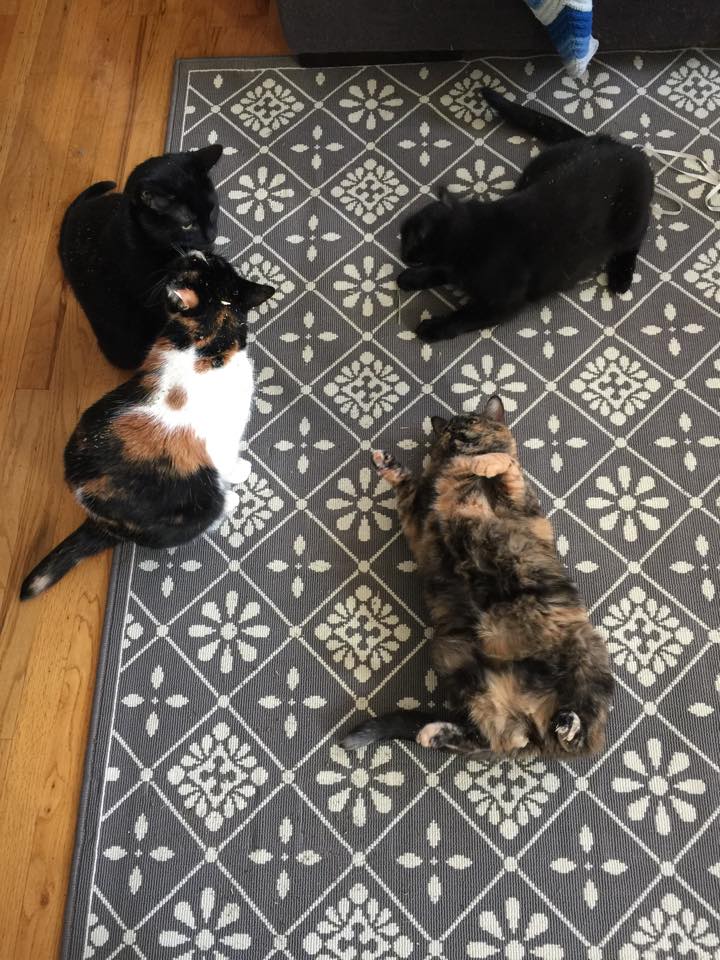
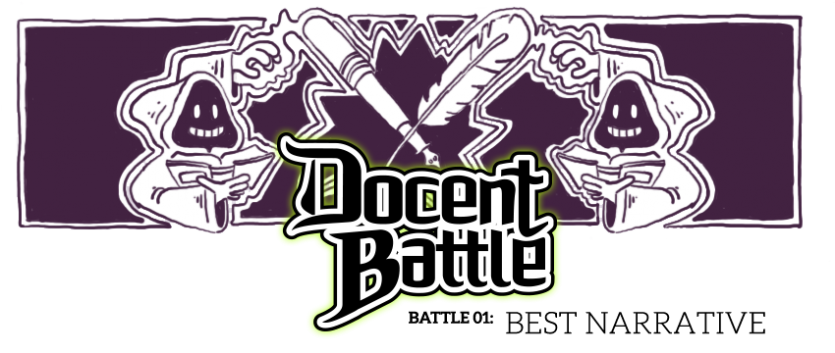
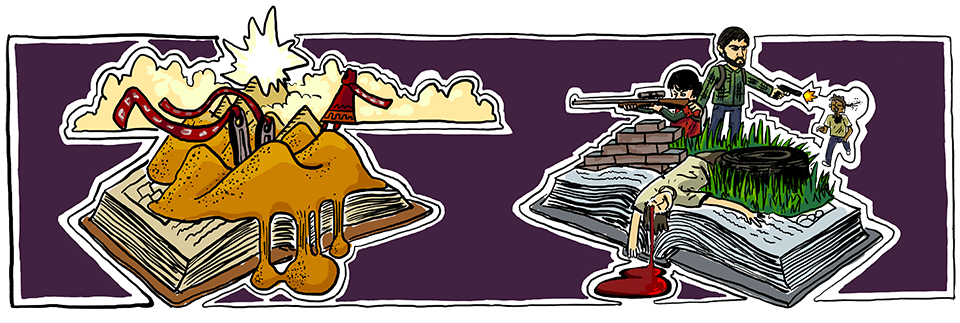
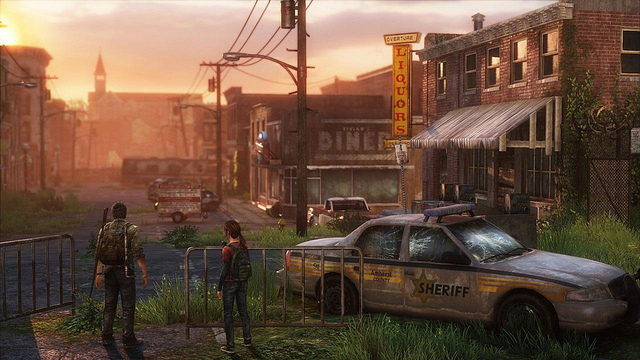
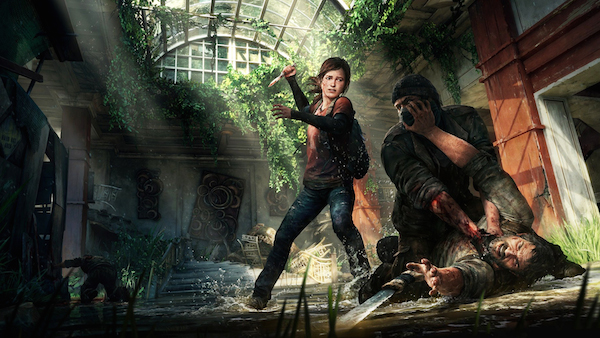








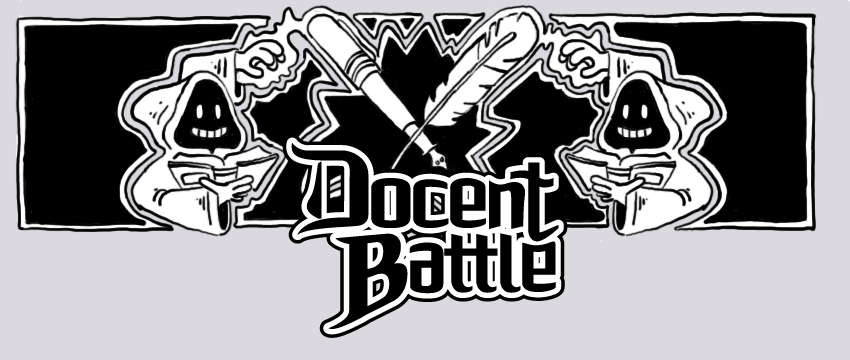 If my memory serves me correctly, there are two docents here at Electrophage. From far across the America frontier, Nate, with his powers of ink and quil can be found writing away day and night on subjects no one fully knows. However much closer to home, right here in the heart of Chicago, Armstrong, with his powers of pen is always full of opinions that should be heard.
If my memory serves me correctly, there are two docents here at Electrophage. From far across the America frontier, Nate, with his powers of ink and quil can be found writing away day and night on subjects no one fully knows. However much closer to home, right here in the heart of Chicago, Armstrong, with his powers of pen is always full of opinions that should be heard.